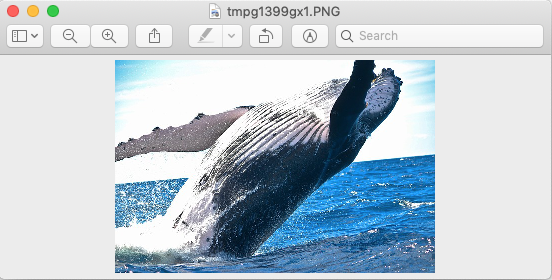
- #BEST IMAGE RESIZER PYTHON HOW TO#
- #BEST IMAGE RESIZER PYTHON CODE#
Left image is the scaled down version and on the right is the scaled up version. Imshow("Resized Up by defining scaling factor", scaled_f_up) Imshow("Resized Down by defining scaling factor", scaled_f_down) Display images and Press any key to continue check next image So the image does not appear distorted, while you are upscaling or downscaling it. It helps keep the aspect ratio intact and preserves the display quality. Scaling Factor or Scale Factor is usually a number that scales or multiplies some quantity, in our case the width and height of the image. But before going further, you need to understand what exactly is a scaling factor. Okay, so now we resize the image with a scaling factor.
#BEST IMAGE RESIZER PYTHON HOW TO#
So, how to correct this? Well, you’ll have to learn to use a scaling factor when resizing. That is, the aspect ratio of the image does not stay intact. But one thing to note is that such resizing by defining an explicit value for width and height is making the resulting image distorted. The image either got bigger or smaller, according to the new height and width parameters we defined. Our resize operations worked as expected. The left image shows the resized down image and the right one the resized up image. Imshow("Resized Up image by defining height and width", resized_up) Imshow("Resized Down by defining height and width", resized_down) Display Images and press any key to continue
We also specify the interpolation method, which happens to be the default value. These two values are combined in a 2D vector, required by the resize() function. We set the desired width as 300 and the desired height, 200. 
In this first example, let’s resize the image by specifying a new width and height that will downscale the image.
interpolation: It gives us the option of different methods of resizing the image. fy: Scale factor along the vertical axis. fx: Scale factor along the horizontal axis. dsize: It is the desired size of the output image, it can be a new height and width. src: It is the required input image, it could be a string with the path of the input image (eg: ‘test_image.png’). We will discuss the various input argument options in the sections below. The desired size of the resized image, dsize. Notice that only two input arguments are required: Let’s begin by taking a look at the OpenCV resize() function syntax. So, even when reading images with OpenCV to get their shape, the same NumPy array rule comes into play. And in general, you always refer to the shape of an array, in terms of (rows representing its height and the columns its width). When images are read using OpenCV, they are represented as NumPy arrays. One important thing to note here is that OpenCV outputs the shape of an image in format, whereas some other image-processing libraries give in the form of width, height. PythonĬout << "Original Height and Width :" << image.rows << "x" << ls << endl As you proceed further, we will discuss resizing with different scale factors and interpolation methods as well. #BEST IMAGE RESIZER PYTHON CODE#
Let’s go through the code example for making an image larger and smaller by resizing with custom height and width.
Image resizing with different Interpolation methods. Resizing an image with a Scaling factor. 

Image resizing with a custom Width and Height.Reading an Image using OpenCV imread() function.

Several methods are available in OpenCV, the choice typically depends on the particular application. Various interpolation techniques come into play to accomplish these operations. This means you need to interpolate new pixels.
Increasing the size of an image requires reconstruction of the image. Reducing the size of an image will require resampling of the pixels. width by height), if you want to maintain the same in the resized image too. It is important to keep in mind the original aspect ratio of the image (i.e. To resize an image, scale it along each axis (height and width), considering the specified scale factors or just set the desired height and width. Come, let’s learn about image resizing with OpenCV.








 0 kommentar(er)
0 kommentar(er)
